Corn & Callus Causes & Prevention
Corns are hardened bumps or rough patches of skin on your feet, that are sensitive to touch or cause pain. Corns are one of the most common foot ailments. They are the result of increased production of keratin as your body’s protective response to prolonged or repeated friction or pressure. Calluses, like corns, are rough patches of skin but are usually wider and located on the sole of your foot. Keep reading this section if you want to learn how to treat calluses with help from Compeed®.
Learn how to prevent Corns & Calluses
Take care of your feet!
Wash your feet with soap and warm water every evening and apply a moisturising foot cream after drying them well. If you tend to have hard skin, regularly use a pumice stone or foot file to remove it.
Keep your toenails trimmed.
Long toenails can rub on the neighbouring toes or push the toe against the shoe which can cause corns on the toes. To trim your toenails correctly, make sure to cut them straight across and not rounded or angled.
Wear comfortable well-fitting shoes.
The most common cause for corns on the foot are shoes that are the wrong size or shape. Wide, comfortable shoes with a low heel and soft sole that do not rub are ideal. Since your feet swell slightly during the day, try to shop for shoes in the evening, when your feet are the largest. Also, pay attention to any seams that might cause irritation.
Prevent Corns & Callus by identifying their causes
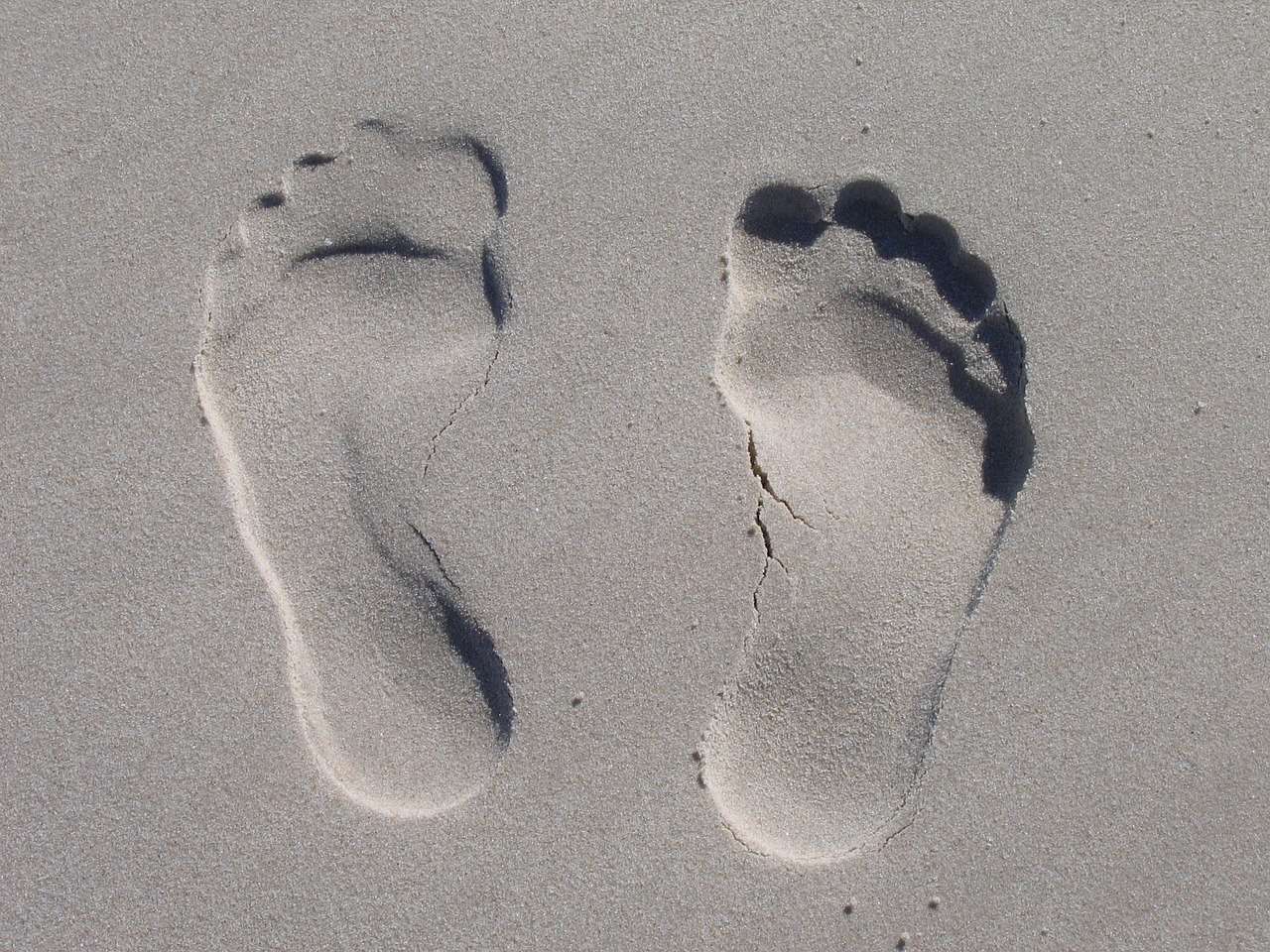
Have you got a hard patch of skin on your foot or toe? These are generally known as calluses or corns, with people often using the word interchangeably. However, while corns and calluses are similar, they are not the same. Understanding the difference between corns and calluses can help you prevent them from developing and aid in treating and recovering from these irritating skin complaints.
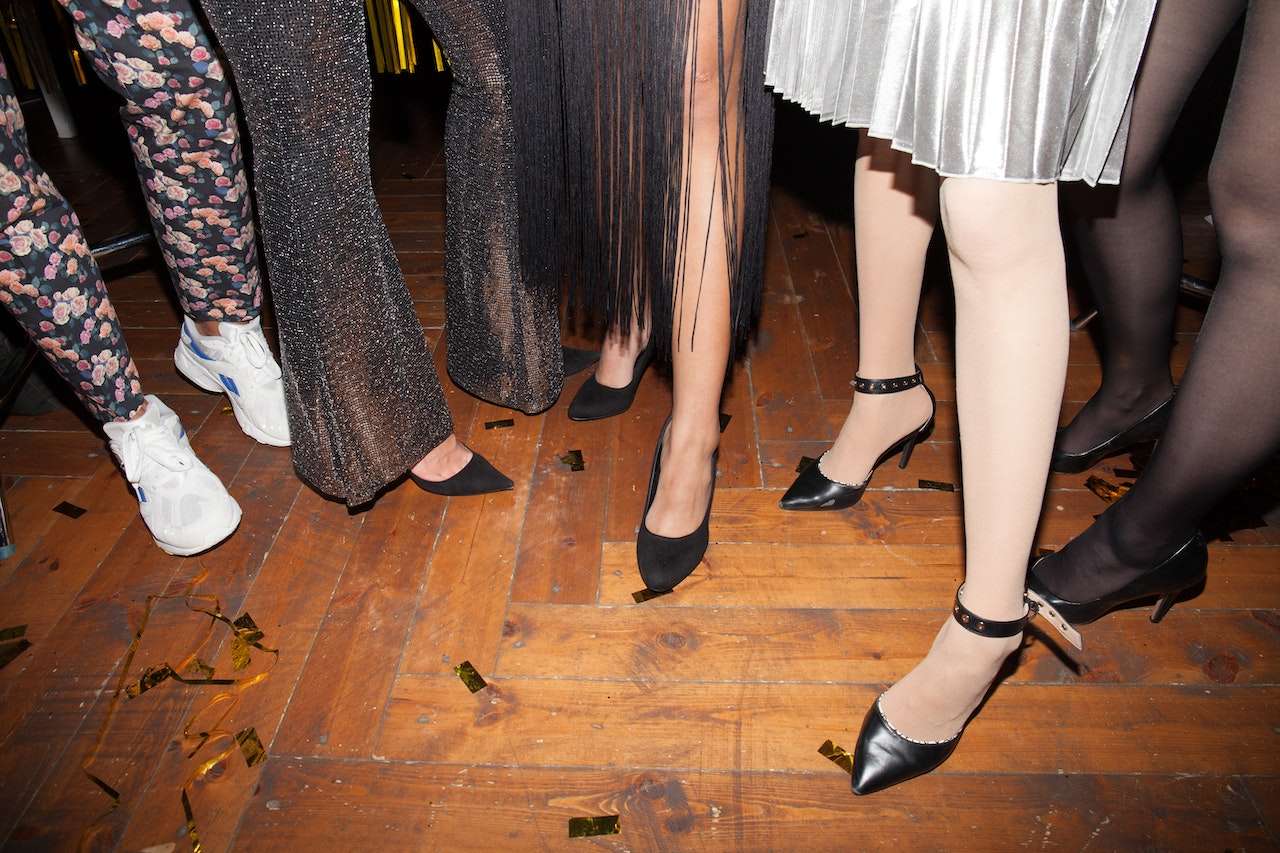
Calluses on the hands and feet can be a source of irritation and pain. Yet they are often misunderstood, with people unclear about what causes them and what they can do to avoid calluses or treat them once they happen. With this in mind, we have created this guide to the top 5 causes of calluses and what you can do to prevent yourself from falling into the traps.
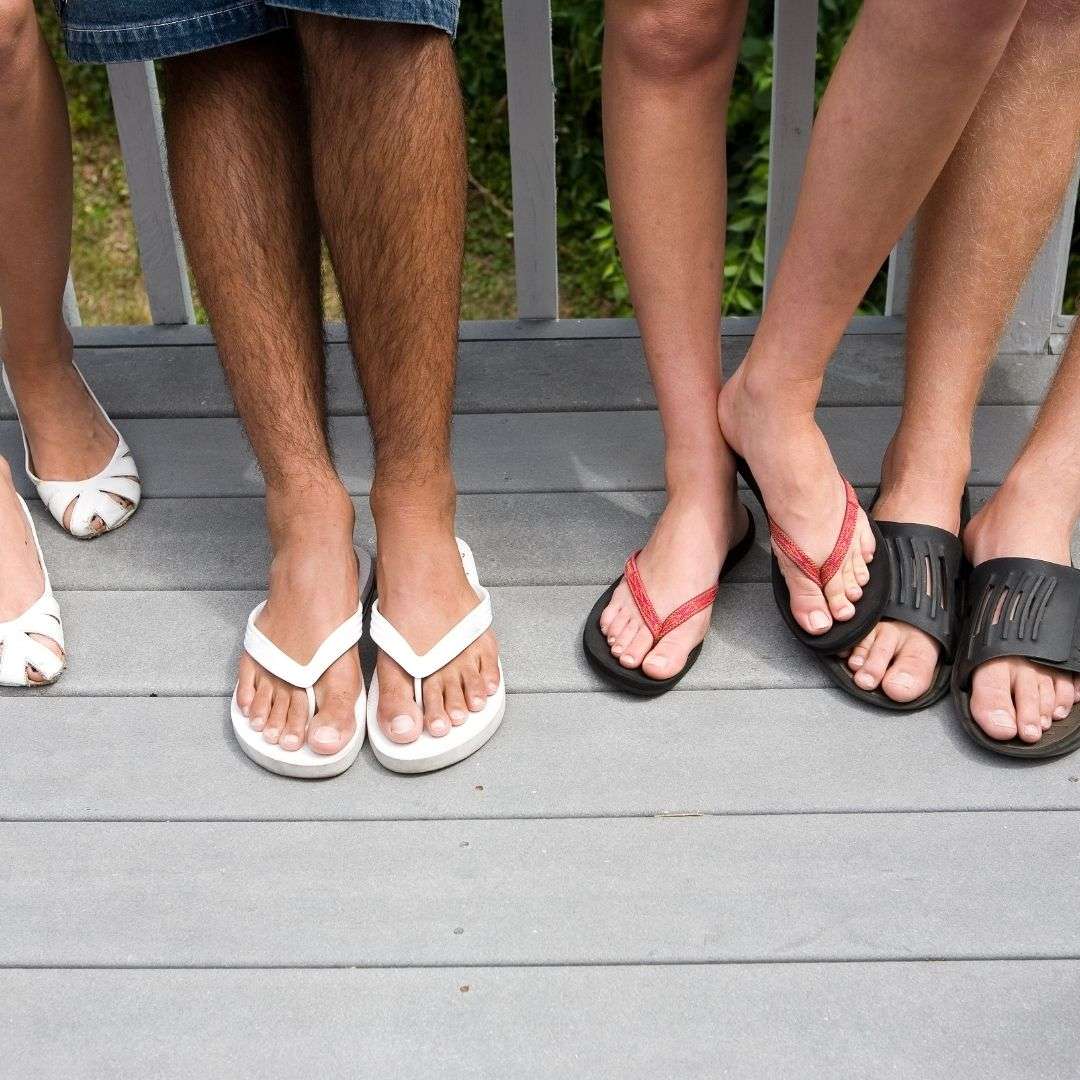
The days are longer, the birds are chirping and the great outdoors is promising you good times, a healthy tan and plenty of vitamin D.
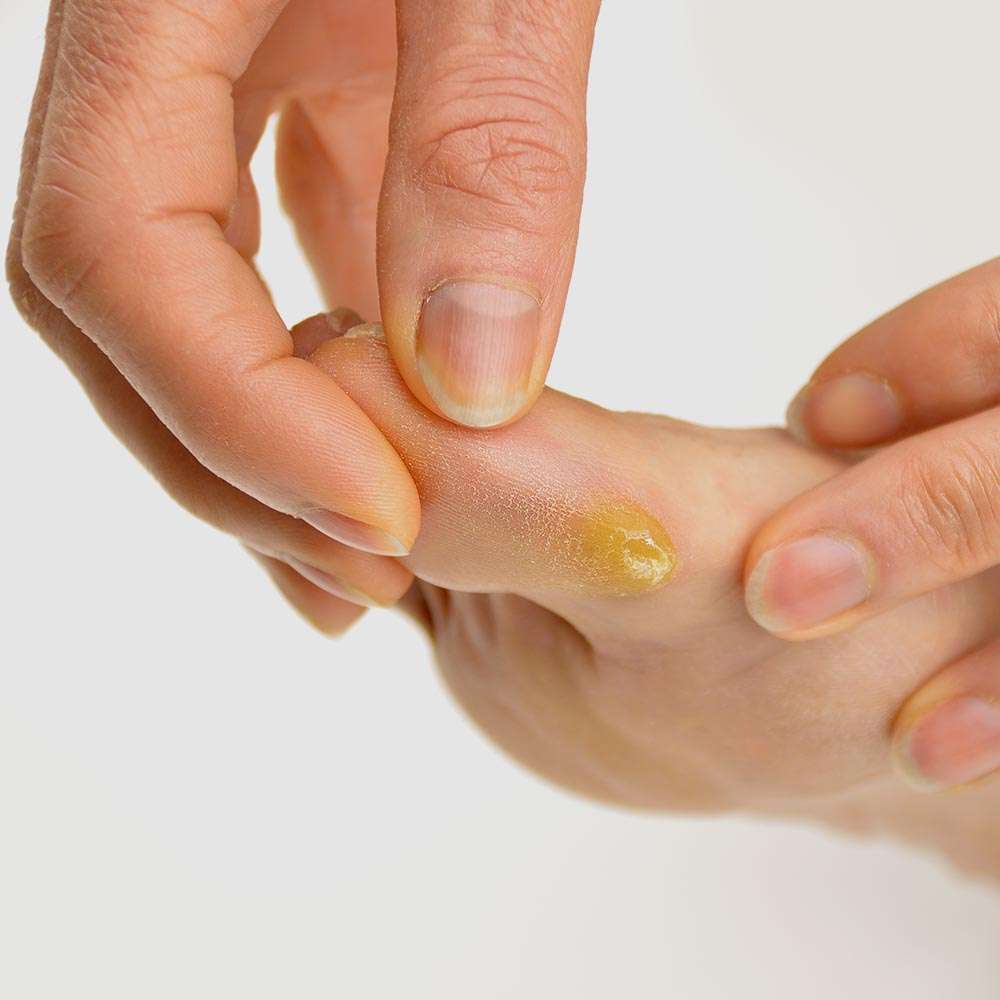
Calluses aren’t usually serious, but they can become uncomfortable or painful if the thick skin presses on the tissue underneath. It’s best to treat them early before they get worse.
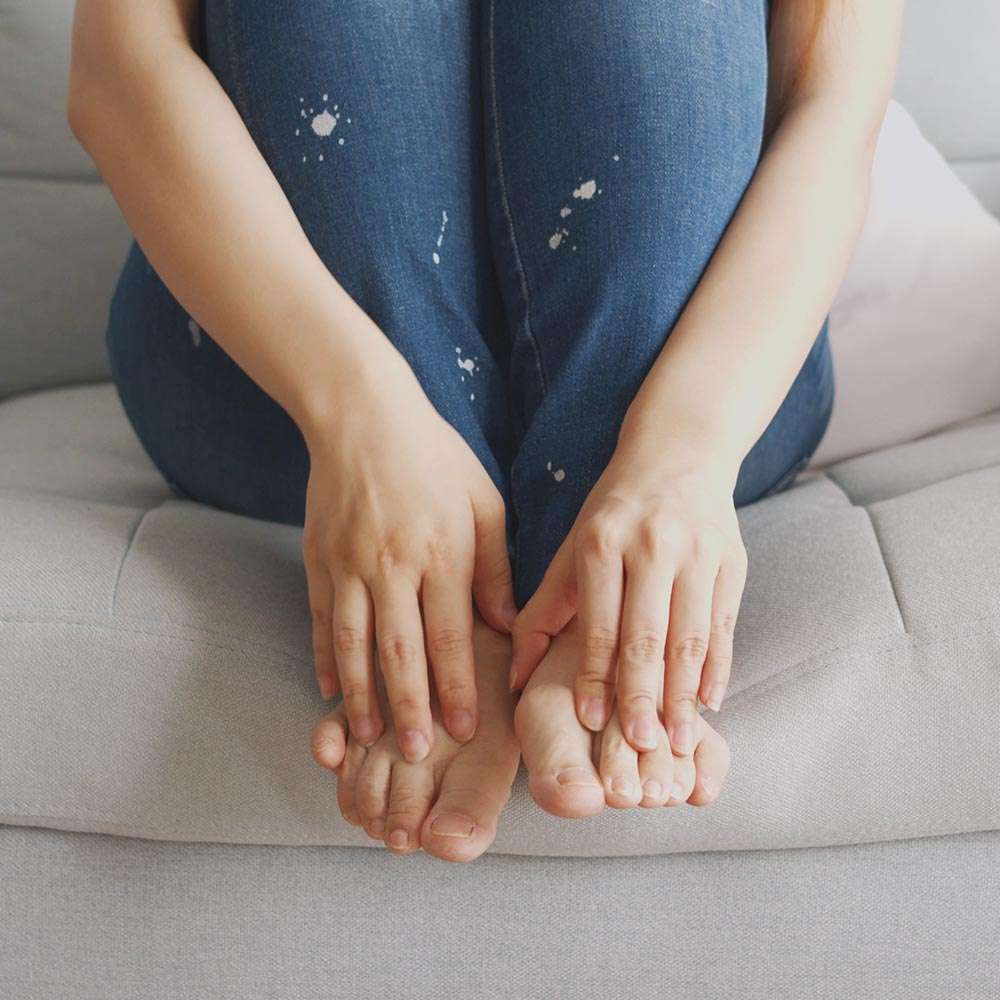
Corns are hardened bumps or rough patches of skin on your feet, that are sensitive to touch or cause pain. Corns are one of the most common foot ailments [1]. They are the result of increased production of keratin as your body’s protective response to prolonged or repeated friction or pressure. That’s why corns usually appear on typical pressure spots and why certain people are more prone to developing them than others.
FAQ
Got questions? We’ve got you covered!
Corns are areas of thickened skin on the foot, which often present as hard lumps.
Corns are caused by rubbing and pressure on bony surfaces, and usually result from poorly fitting shoes. The skin on the foot thickens as a protective response to pressure and friction.
Calluses are patches of hardened yellow skin, most often found on the heel or the ball of the foot or on the palm of the hand. Calluses are generally larger than corns and less well defined.
Repeated rubbing, pressure and weight cause calluses, as is the case when wearing high heels which shifts the full body weight onto the ball of the foot.
Compeed® corn plasters are not indicated for use on verrucas as they have not been tested in this indication. We therefore cannot recommend that they are used in this way.
